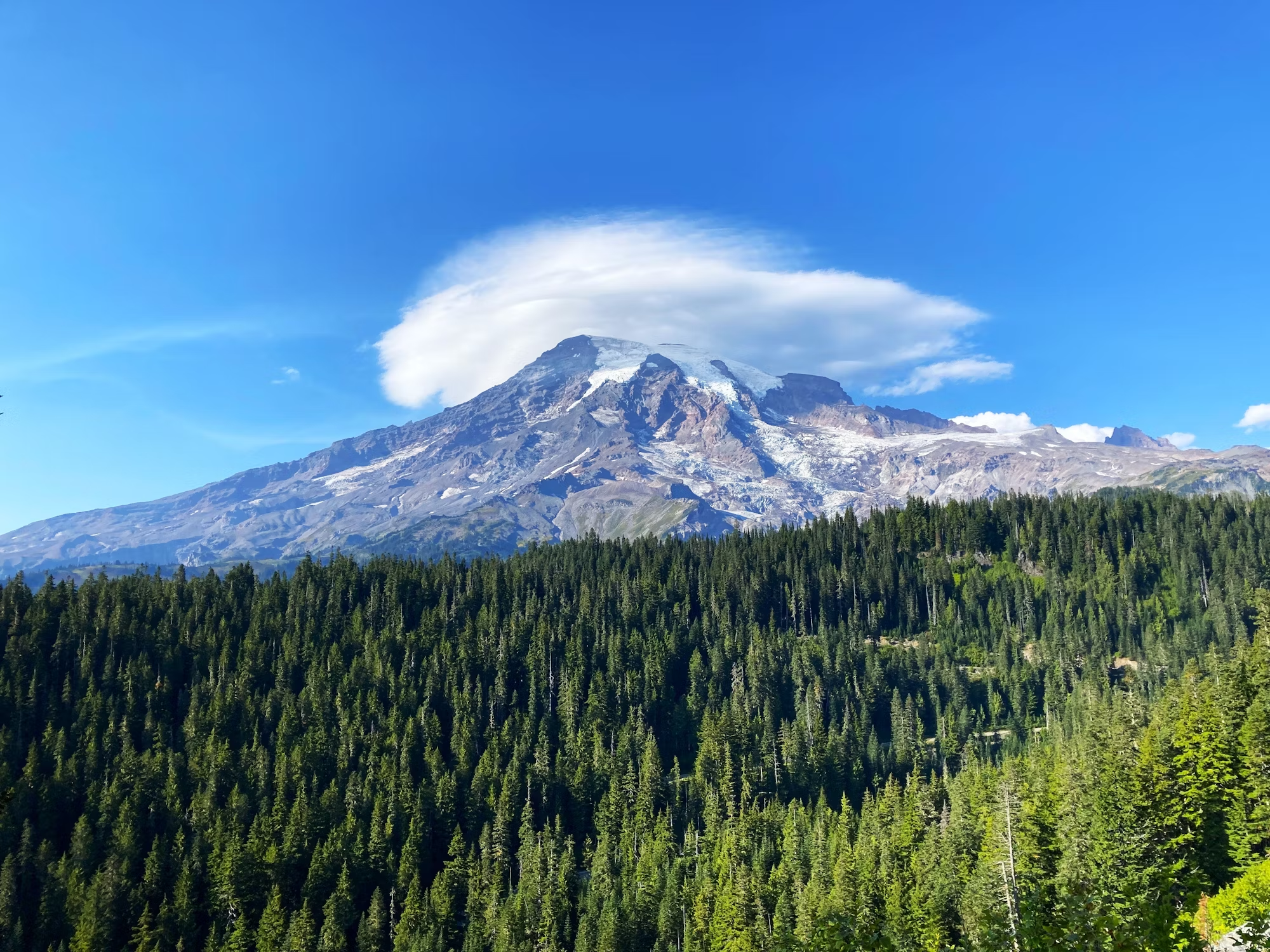Trail running has become one of the most popular outdoor activities in recent years, offering an exciting way to stay fit while exploring nature. Unlike road running, trail running takes you off the beaten path, challenging you to navigate uneven terrain, tackle steep inclines, and enjoy the beauty of forests, mountains, and deserts. Whether you’re an experienced runner or a beginner looking to try something new, trail running offers an immersive and exhilarating experience that combines fitness with adventure.
In this article, we’ll explore the ins and outs of trail running, from choosing the right trails to essential gear, techniques, and training tips to help you get started and make the most out of your time on the trails.
What is Trail Running?
Trail running is exactly what it sounds like: running on natural, unpaved trails instead of paved roads or tracks. These trails can range from dirt paths and gravel roads to rocky mountain paths, forest trails, or even coastal cliffs. The main appeal of trail running is that it allows you to combine the benefits of cardiovascular exercise with the joy of exploring natural landscapes. It’s an activity that offers both physical challenges and a mental escape, making it ideal for people looking to break away from the monotony of gym workouts or road running.
Unlike road running, where you mostly have to focus on your pace and stamina, trail running requires a higher level of concentration and technique. The constantly changing terrain, obstacles, and elevation changes demand more from your body, but it also makes the experience more rewarding. Whether you’re running through a forest, along a mountain ridge, or across a desert landscape, trail running offers a unique and immersive way to engage with nature.
Why Should You Try Trail Running?
There are plenty of reasons why trail running is such an appealing activity for many people. Here are just a few of the most compelling benefits:
1. Improved Mental Health: Trail running offers a chance to escape the hustle and bustle of daily life. The opportunity to immerse yourself in nature and disconnect from technology can be incredibly rejuvenating for your mental health. Studies show that spending time outdoors in natural environments can reduce stress and improve mood, making trail running a great way to clear your mind and recharge.
2. Stronger Muscles and Joints: Trail running engages more muscles than road running, as you’ll need to stabilize your body while navigating uneven surfaces, rocks, and roots. This helps improve balance, strength, and agility. Additionally, the softer surfaces of trails are easier on your joints compared to hard pavement, reducing the risk of injury.
3. A Greater Sense of Adventure: Trail running allows you to explore new places and experience nature up close. Whether you’re running through dense forests, past waterfalls, or across desert landscapes, trail running adds an element of adventure to your fitness routine.
4. Increased Focus and Mental Sharpness: Because the terrain is unpredictable, trail running requires a high level of concentration and awareness. You’ll need to pay attention to your footing, watch for obstacles, and adapt to sudden changes in the trail. This heightened focus not only improves your running skills but also sharpens your overall mental agility.
5. A Break from the Routine: If you’ve been running on pavement for years, trail running offers a refreshing change of pace. The variety of natural landscapes and constantly shifting terrain means that no two runs are ever the same, making it a more exciting and engaging way to stay fit.
Getting Started with Trail Running: Essential Tips for Beginners
If you’re new to trail running, it’s important to ease into the activity and gradually build up your stamina and skills. Here are some helpful tips to get you started:
1. Start Slow: If you’re used to road running, trail running will feel a lot different. The terrain can be uneven, the elevation can change quickly, and the pace will often be slower. Start with short, easy trails and focus on building your fitness and confidence. As you become more comfortable, you can increase the length and difficulty of your runs.
2. Choose the Right Trail: When you’re first starting out, it’s important to choose beginner-friendly trails. Look for well-marked paths that are relatively flat and free from large rocks, roots, or other obstacles. Local parks and nature reserves often have designated trail running paths that are perfect for beginners. Over time, you can work your way up to more challenging trails with steeper inclines and technical sections.
3. Invest in Good Footwear: One of the most important pieces of gear for trail running is a good pair of trail running shoes. Unlike road running shoes, trail running shoes are designed to handle rough, uneven terrain. They offer more traction, support, and durability, which can help prevent injuries and improve your performance. When choosing a pair of trail shoes, look for features like a grippy sole, ankle support, and weather-resistant material to protect your feet from the elements.
4. Practice Proper Technique: Trail running requires different techniques than road running, as the terrain is often more unpredictable. Here are a few tips to help you improve your technique:
– Shorten Your Stride: On uneven trails, it’s better to take shorter, quicker steps rather than long strides. This helps you maintain better balance and makes it easier to adapt to sudden changes in the terrain.
– Stay Relaxed: Running on trails can be a bit bouncy, so it’s important to stay relaxed and flexible. Tension in your body will only make it harder to navigate obstacles.
– Use Your Arms: Keep your arms slightly out to your sides to help with balance, especially when running up or down hills.
5. Warm Up and Cool Down: As with any form of exercise, it’s important to properly warm up before hitting the trails and to cool down afterward. Take a few minutes to stretch and do some dynamic movements before you start running, and finish with some light stretching and walking to help prevent injury and reduce soreness.
6. Hydrate and Fuel Up: Trail running can be more physically demanding than road running, so it’s essential to stay hydrated and fuel your body properly. Bring water or an electrolyte drink, especially for longer runs. Additionally, carry a small snack, like an energy bar or trail mix, to keep your energy levels up.
7. Know Your Limits: Trail running is challenging, and it’s easy to get carried away when you’re enjoying the scenery. However, it’s important to know your limits and not push yourself too hard, especially when you’re just starting out. Listen to your body and take breaks when needed.
Trail Running Gear: What You Need to Get Started
As a beginner trail runner, you don’t need to invest in a lot of expensive gear, but there are a few essential items that can help make your experience more comfortable and enjoyable:
1. Trail Running Shoes: As mentioned earlier, a good pair of trail running shoes is essential. Look for shoes with good traction, a sturdy sole, and sufficient cushioning for your feet.
2. Hydration System: Depending on the length of your run, you may want to bring a hydration system, such as a water bottle or a hydration pack. Some trail runners prefer a hydration vest, which can hold water, snacks, and other essentials without bouncing around.
3. Running Apparel: Comfortable, moisture-wicking clothing is a must. Opt for technical fabrics that keep sweat away from your body and dry quickly. Avoid cotton, as it traps moisture and can cause chafing.
4. Headlamp (for Early Morning or Evening Runs): If you plan to run in the early morning or late evening, a headlamp can be incredibly useful for visibility on dimly lit trails.
5. Sunscreen and Insect Repellent: Protect your skin from the sun and pesky bugs by applying sunscreen and insect repellent before your run. This is especially important in the summer months or if you’re running through wooded areas.
6. Phone or GPS Device: Always carry a phone or a GPS device with you when trail running, especially if you’re venturing into unfamiliar areas. It’s a good idea to have a way to contact someone in case of an emergency.
Conclusion: Embrace the Trail Running Adventure
Trail running is an exhilarating and rewarding activity that offers both physical benefits and a sense of adventure. It’s a great way to challenge yourself, improve your fitness, and explore the outdoors. Whether you’re running through a local park or tackling a mountain trail, the beauty of nature and the excitement of the journey make every run unique.
With the right mindset, technique, and gear, you’ll be well on your way to becoming a confident and skilled trail runner. So, lace up your shoes, hit the trails, and embrace the adventure that awaits!









